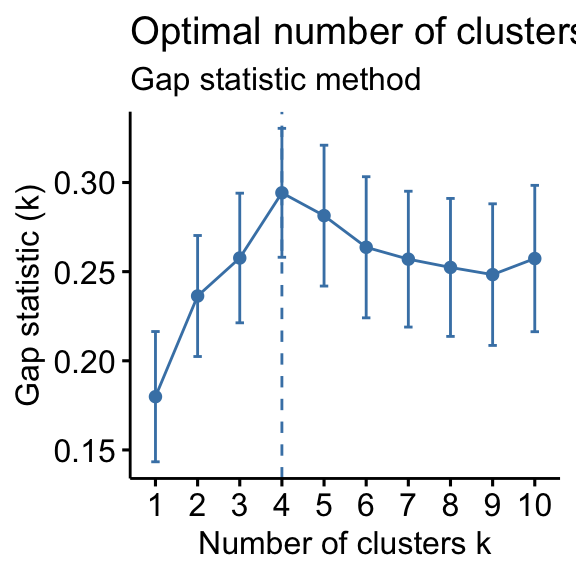

The precluster stage groups the respondents into several small clusters. The algorithm contains two stages: (1) preclustering and (2) hierarchical clustering. Respondents who are nearest to the noise cluster are considered outliers. Segment membership is then determined by the distance of the respondent to the closest nonnoise cluster and to the noise cluster. The analyst can specify a noise percentage (cases that do not belong to any cluster) however.

Typically, cases are assigned to the cluster with the nearest center. The algorithm identifies groups of cases that exhibit similar response patterns. TwoStep cluster analysis is based on hierarchical clustering (SPSS Inc., 2001 Zhang, et al., 1996 and Chiu et al., 2001). K-means is simple to execute because most statistical software packages include this procedure, and it can be used with a large number of respondents or data records. The procedure provides some statistics that can provide information on the ability of each variable to differentiate the segments. Respondents are assigned to the cluster with the nearest center.

The procedure repeats until the distance between cluster centers is maximized (or other specified criterion is reached). During the procedure the distances of each respondent from the cluster centers are calculated. Like most segmentation techniques, k-means clustering requires that the analyst specifies the desired number of clusters or segments. This method attempts to identify similar groups of respondents based on selected characteristics. Respondents are then assigned to the factor that has the highest score. Once the number of factors has been determined, each respondent receives a score for each of the factors. The number of factors is determined using a combination of statistics and knowledge of the category. The first step is to factor-analyze or form groups of attributes that express some sort of common theme. We will explore four such methods: factor segmentation, k-means clustering, TwoStep cluster analysis, and latent class cluster analysis.įactor segmentation is based on factor analysis. Segmentation approaches can range from throwing darts at the data to human judgment and to advanced cluster modeling. Overview of Selected Segmentation Approaches What if another approach had been implemented? How would the segments have differed? Which segmentation method would have been most appropriate to use? As we consider these questions, let’s review some popular approaches to segmentation. The project was a success, but you are left wondering, if the best segmentation approach was used. The results were reported and the stakeholders are happy. The survey was fielded to a sufficient sample of respondents. Insightful questionnaire items were constructed and implemented in the quantitative survey. Qualitative research was conducted to illuminate the enduser’s experience with the product or service. All agreed that segmentation was the appropriate research approach to fulfill your goals. Videos - Leadership Strategy Interviewsīy Beth Horn, Ph.D., and Wei Huang You attended the alignment meeting with all key stakeholders during which business and research objectives have been thoroughly discussed.Consumer Foresight: Beyond The Pandemic.Predictive Analytics & Marketing Research.


 0 kommentar(er)
0 kommentar(er)
